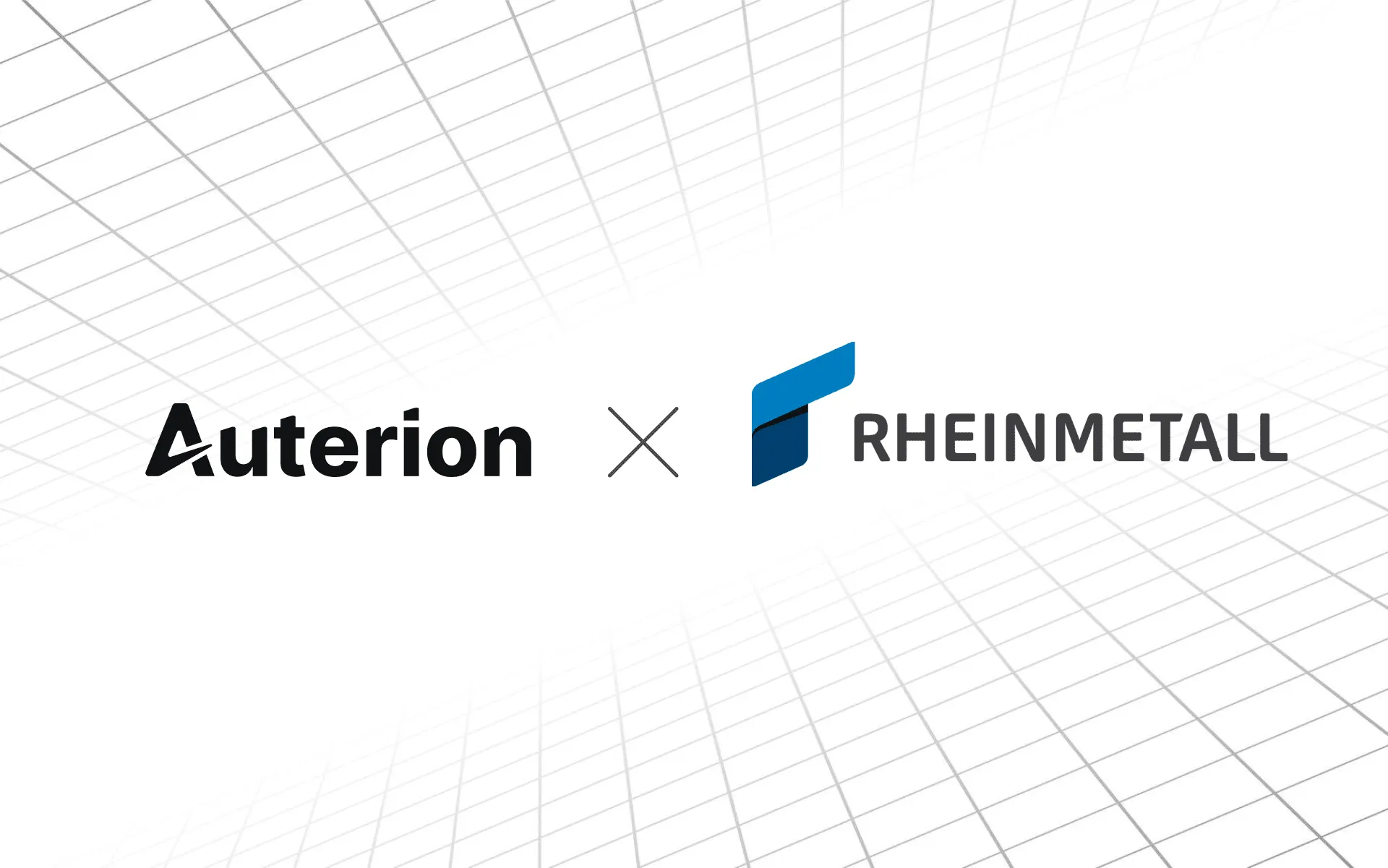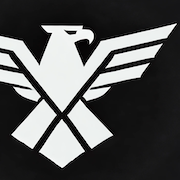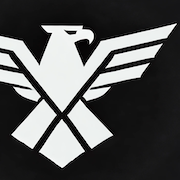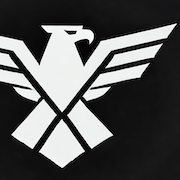Großwald Systems: The Leopard 2A8 Main Battle Tank and Trophy APS
Modern armored warfare pivots on offense versus defense. The Leopard 2A8 tank and Trophy APS showcase this dynamic. Together, they redefine tank survivability and effectiveness, shaping future land combat.

Modern armored warfare is shaped by the perpetual contest between offense and defense, and few systems exemplify this tug-of-war more clearly than the Leopard 2A8 main battle tank and the Trophy Active Protection System. These two technologies not only represent some of the most advanced hardware available today but also set the tone for how future land combat might be conducted. By examining their design, capabilities, and combined effect on the battlefield, it becomes evident that the Leopard 2A8 and Trophy APS form a significant leap forward in tank survivability and combat effectiveness.
Leopard 2A8: Building on a Revered Legacy
The Leopard 2 series has long been a cornerstone of NATO’s ground forces, marking its debut in the 1970s as a highly mobile, well-armored response to contemporary Soviet designs. Over the decades, engineers have refined and upgraded the Leopard 2’s chassis, powertrain, and onboard electronics to address new threats and improve operational performance. The latest variant, the Leopard 2A8, exemplifies this evolutionary process by integrating advanced materials, improved fire control, and enhanced crew protection in a single, cohesive platform. Its design priorities are clear: meet the challenges of modern asymmetric threats, bolster defense against the latest anti-tank guided missiles, and ensure the tank remains operational across various combat scenarios.
Composite Armor and Modular Design: Elevating Survivability
One of the key pillars of the Leopard 2A8 is its innovative composite armor. Engineers have layered materials such as steel, ceramics, and optional reactive elements to fortify the tank against both kinetic penetrators and chemical energy munitions. The incorporation of explosive reactive armor, or ERA, is particularly significant, as it can disrupt the shaped charges that form the basis of many modern anti-tank warheads.
Additionally, the armor’s modular design offers flexibility, allowing for quicker in-theater replacements and upgrades. Instead of a one-size-fits-all approach, commanders can tailor the vehicle’s protective package to the specific threats of a given mission, whether it be mine-heavy environments, urban warfare, or open-field battles against similarly well-equipped adversaries. This emphasis on modularity reduces downtime, since removing damaged armor sections for repairs no longer requires specialized facilities or lengthy procedures. It also simplifies logistics, because spare parts and updated armor kits can be swapped in as needed.
Related article:
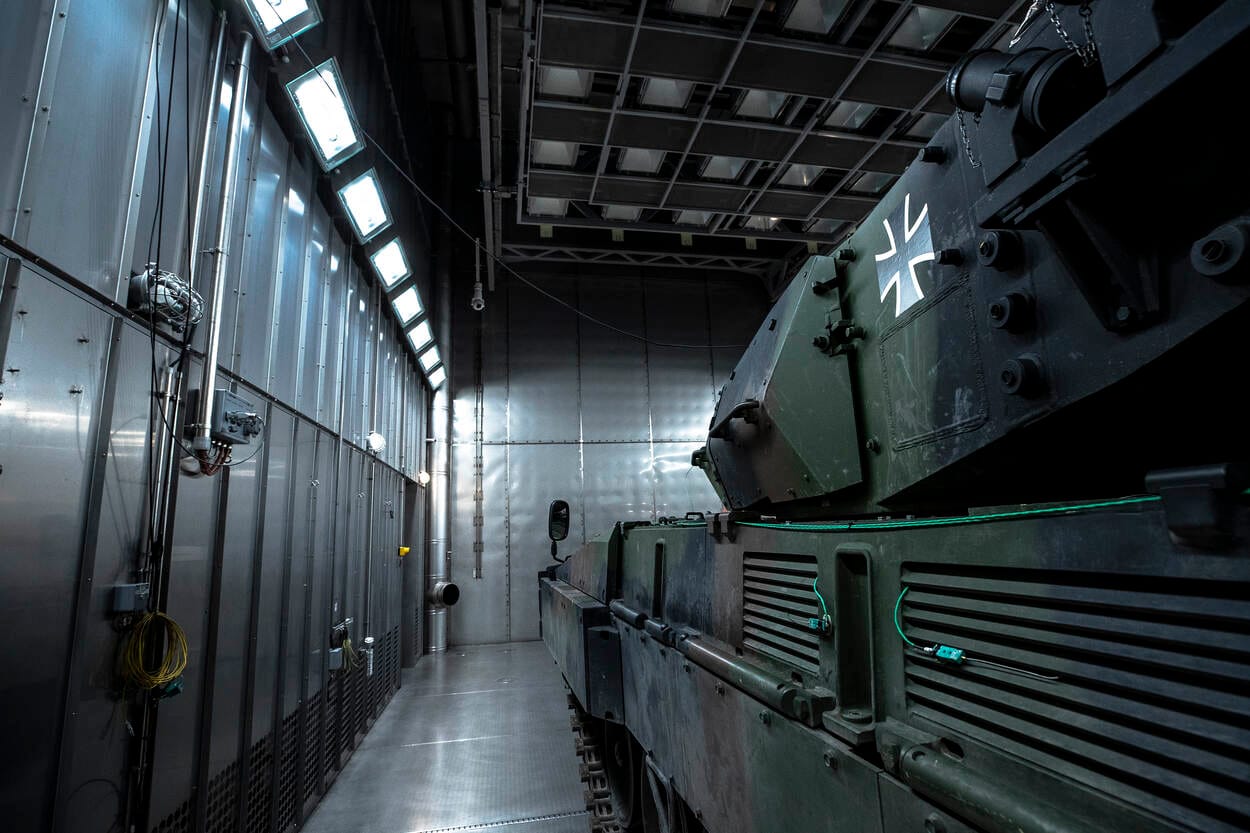
Refined Fire Control and Digital Battlefield Integration
While physical armor provides essential passive protection, the Leopard 2A8’s advanced fire control system leverages digital technologies to greatly improve its offensive and defensive capabilities. The tank now features next-generation thermal imaging that allows its crew to scan the battlefield and engage targets in low-visibility conditions, whether that involves nighttime operations or the presence of smokescreens and dust.
The enhanced sensor suite feeds into a digital battlefield management system, which links the tank’s crew to command elements and other friendly units in real time. Instead of functioning as an isolated vehicle, the Leopard 2A8 becomes a node in a larger network, able to share and receive data on enemy positions, friendly locations, and overall mission objectives. This kind of seamless integration not only streamlines decision-making under pressure but also allows the tank to call upon external support, coordinate strikes, and avoid blue-on-blue incidents.
Mobility and Crew Ergonomics: Sustaining the Fight
Mobility remains a cornerstone of the Leopard 2’s design philosophy, and the 2A8 version keeps pace by retaining the powerful MTU MB 873 Ka-501 engine, capable of delivering around 1,500 horsepower. This level of thrust provides a robust power-to-weight ratio, ensuring that the tank can traverse difficult terrain, maintain high speeds, and reposition quickly on the battlefield. Paired with an upgraded suspension system, the engine helps the tank reduce wear and tear and sustain its agility over rough ground. This mobility proves especially useful in dynamic conflicts, where threats can emerge from multiple directions and speed often proves the deciding factor in survival.
Yet all the cutting-edge technology in the world matters little if a crew cannot operate effectively under pressure. The Leopard 2A8 addresses crew needs by redesigning interior layouts and integrating ergonomic improvements that reduce fatigue. Noise and vibration dampening systems, along with improved climate control, create a more controlled environment inside the tank. This might seem secondary to armor thickness or firepower, but a stable, comfortable operating platform directly influences how well soldiers can respond to unfolding threats and handle complex equipment. The addition of advanced nuclear, biological, and chemical (NBC) protection further ensures that no matter the battlefield conditions—be it toxic fumes, radioactive fallout, or other hazards—the tank’s crew can remain focused on their mission.
Trophy APS: An Active Shield for High-Tech Threats
As impressive as the Leopard 2A8’s passive defenses and offensive systems might be, modern warfare has seen a surge in anti-tank guided missiles, rocket-propelled grenades, and other high-precision threats that can strike from a variety of angles. Traditional armor alone, no matter how advanced, can only go so far in countering this growing suite of dangers. Active protection systems were developed to fill this gap by intercepting and neutralizing incoming warheads before they can penetrate the tank’s hull. The Trophy Active Protection System, developed by Israel’s Rafael Advanced Defense Systems, stands at the forefront of this approach, and its integration with the Leopard 2A8 represents a sea change in how Western militaries think about tank survivability.
Trophy functions by detecting, tracking, and engaging incoming projectiles in real time. Around the tank’s exterior, radar panels and electro-optical sensors monitor potential threats. Once a missile or grenade is confirmed, Trophy calculates a precise intercept course, then fires a small explosive countermeasure designed to destroy or divert the threat a short distance from the vehicle. This intercept window is intentionally tight, mitigating the risk of collateral damage to nearby friendly forces.
In conflicts where irregular fighters use shoulder-fired rockets or portable anti-tank systems, Trophy can turn the tide by neutralizing these typically cost-effective weapons. The system has undergone extensive testing and has a growing track record in actual combat, particularly in the Middle East. Its operational success has made it increasingly attractive to countries looking to bolster the defensive edge of their armored fleets.
Combining Leopard 2A8 and Trophy: Implications on the Battlefield
The integration of the Leopard 2A8 and Trophy APS carries strategic implications that reach beyond the technical domain. First and foremost, a platform that is both mobile and resilient can be deployed more boldly in high-threat areas. Commanders are more likely to commit these tanks to areas where anti-armor ambushes or advanced guided missiles pose a serious risk, knowing that passive and active defenses together significantly reduce the risk of catastrophic damage. This increased confidence reverberates through an entire force structure, as other units—infantry, support vehicles, and reconnaissance teams—can operate in concert with the tanks under a safer umbrella of armored protection.
Moreover, the presence of Trophy on the battlefield may force adversaries to rethink their tactics. Relying on guided missiles or rocket-propelled grenades to halt or destroy enemy tanks becomes less predictable when APS can disrupt those attacks before they reach the tank’s armor. This psychological factor can lead opposing forces to shift to different strategies, potentially reducing the prevalence of close-range anti-tank ambushes. The tank’s deterrent power, in this sense, extends far beyond its firepower and armor thickness.
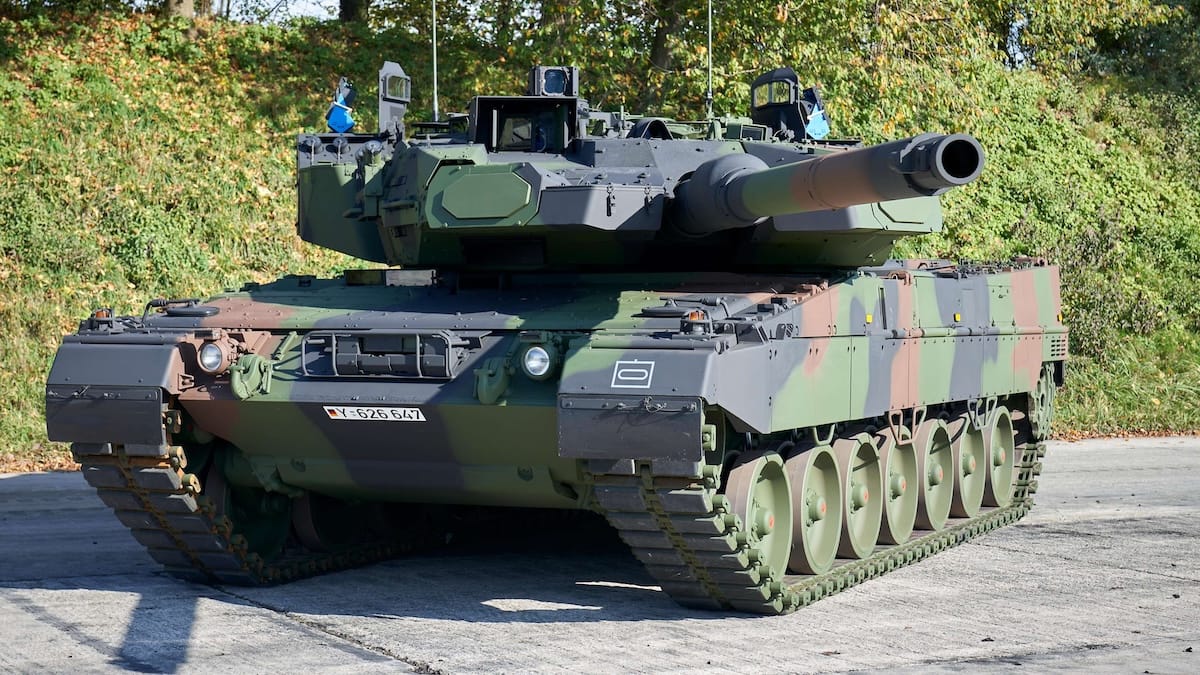
Driving Innovation and Shaping Global Procurement
Another critical outcome of the Leopard 2A8–Trophy pairing is that it nudges NATO allies and global partners to invest in similar or complementary capabilities. Tanks and infantry fighting vehicles that previously relied on purely passive solutions may now adopt or adapt active protection systems of their own. This evolution in modern armor design pushes the global defense industry to innovate further, spurring competition in sensors, high-speed computing, and intercept munitions. While technology races of this sort can be expensive, they also propel breakthroughs that can trickle down into civilian applications or lead to improvements in non-military fields like robotics and automated navigation.
The Leopard 2 series, already a popular export product, could see a rise in demand as countries look to modernize their armored forces. By offering a cutting-edge tank that pairs a robust platform with proven active protection, Germany and its industrial partners may gain additional leverage in international arms markets. This brings its own set of geopolitical questions about where and to whom these advanced systems should be sold, especially in regions prone to conflict. At the same time, standardizing these capabilities across multiple NATO militaries helps with joint operations, as training, spare parts, and logistical support can be shared more efficiently.
In the end, the Leopard 2A8 exemplifies a broader trend in tank warfare: an emphasis on survivability through a combination of rugged design, advanced sensors, and integrated active protection. The Trophy APS complements these features perfectly, offering a robust shield against many of the most potent threats on the modern battlefield. Taken together, these advancements will likely shape both how tanks are deployed and how adversaries try to counter them for years to come. For defense analysts, the synergy between a capable platform and a proven APS offers a lens into the future of warfare—one where threats must be neutralized proactively, and resilience is achieved through a combination of strong underlying architecture and dynamic defensive layers.
Conclusion: A Clear Step Forward in Modern Armored Warfare
The Leopard 2A8 and the Trophy APS do not represent the end of tank innovation but rather a pivotal step in its ongoing evolution. As conflict zones become more unpredictable and sophisticated anti-armor weapons become more accessible, it is this kind of adaptable and forward-thinking technology that will help armies maintain a competitive edge.
Whether viewed from the standpoint of raw technical prowess or strategic deterrence, these systems underscore the relentless pursuit of better ways to protect, mobilize, and ultimately decide outcomes on the battlefield. As we look toward the next generation of military platforms, the success and challenges faced by the Leopard 2A8 and Trophy APS will serve as key lessons for designers, commanders, and policymakers navigating the complexities of modern warfare.
Related article:
